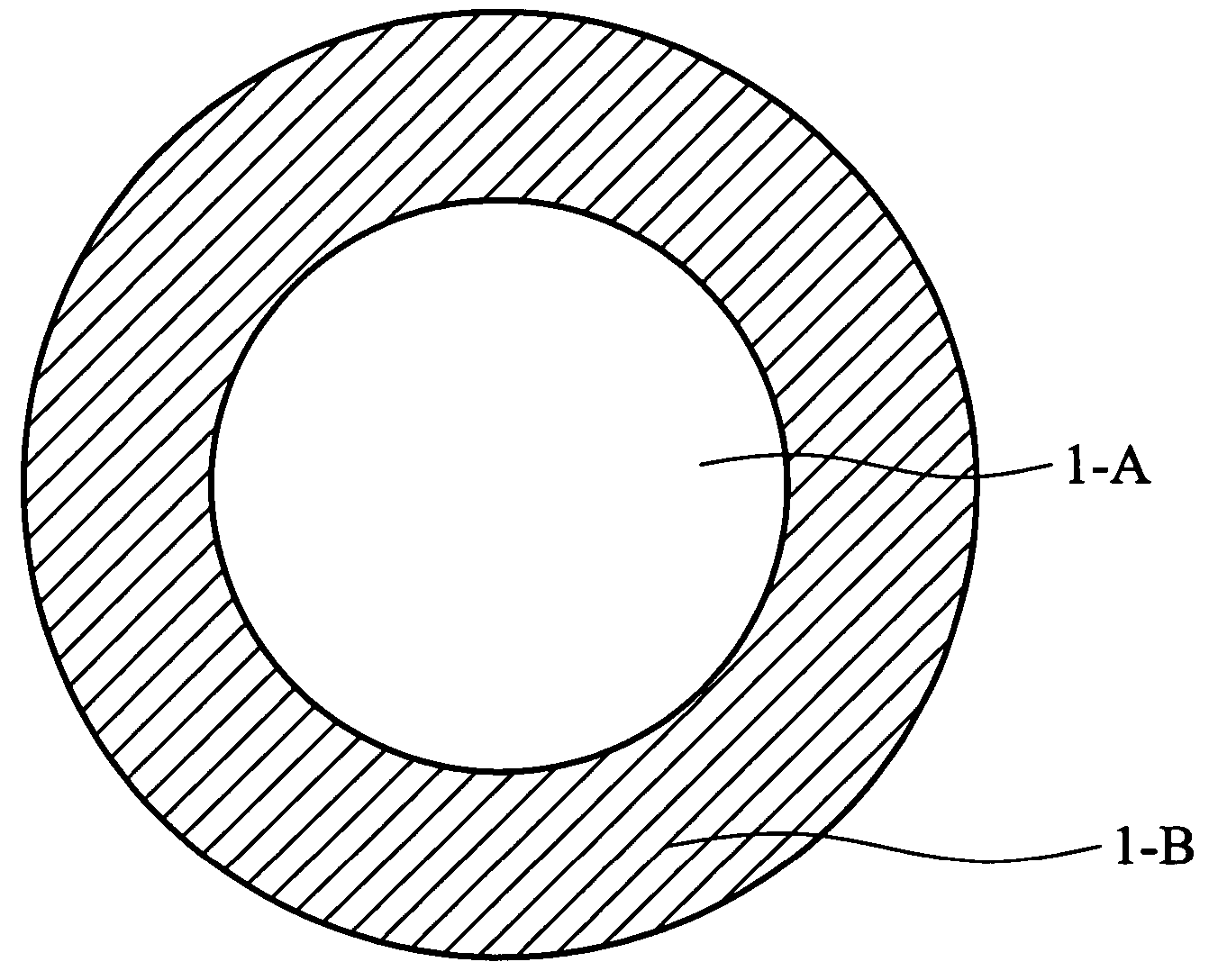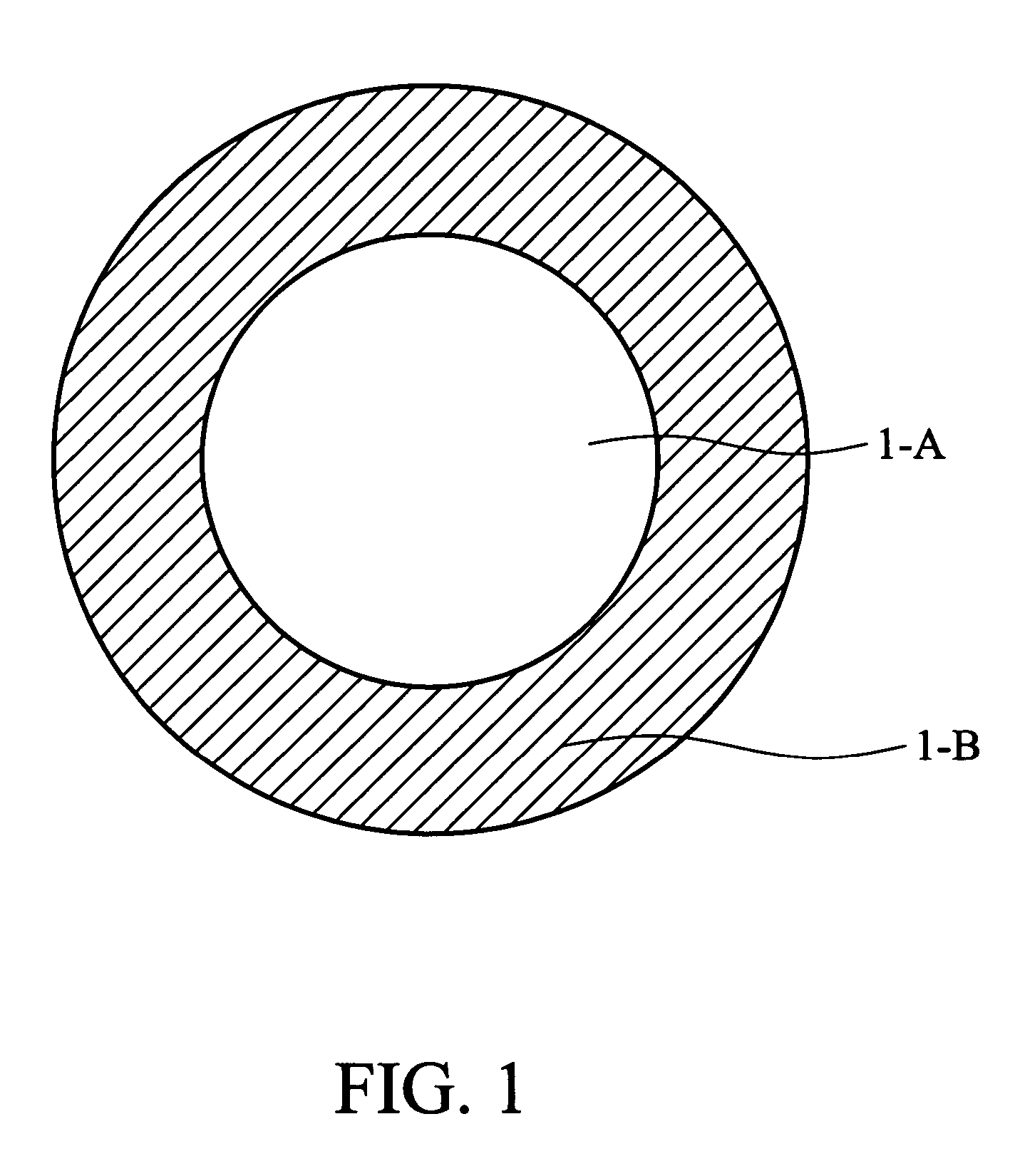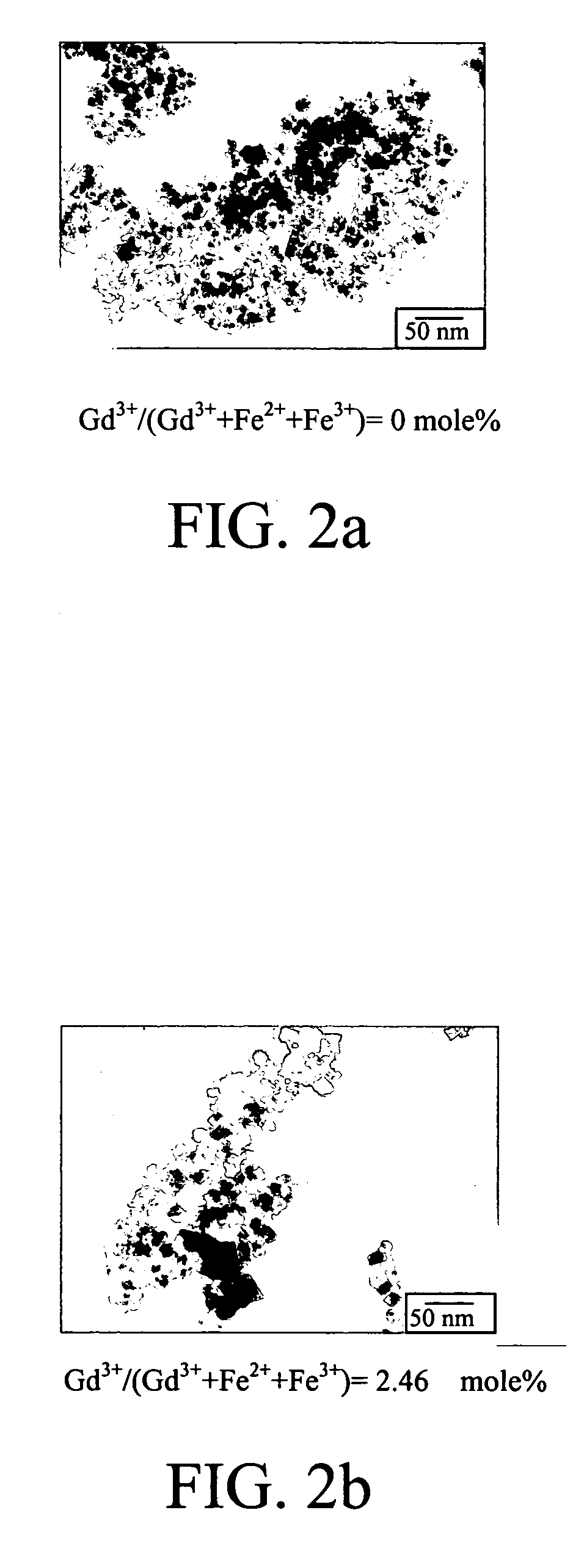Magnetic nanoparticle
a nanoparticle and magnetic field technology, applied in the field of magnetic nanoparticles, can solve the problems of unsatisfactory side effects, inability to inherent tissue characteristics that do not always produce adequate contrast for some clinical applications,
- Summary
- Abstract
- Description
- Claims
- Application Information
AI Technical Summary
Benefits of technology
Problems solved by technology
Method used
Image
Examples
embodiment
[0025] Embodiment
[0026] In the embodiment, a magnetic nanoparticle of iron oxide comprising an inner-transition element of Gadolinium is given as an example, while the inner-transition element of the invention is not limited to this, for example, the inner-transition element can be any of the lanthanides or the actinides, and the compound of the inner-transition element can be an oxide, sulfide, selenide, telluride, or polonide of the inner-transition element. Also, the amount of the inner-transition element in the magnetic nanoparticle is not limited.
[0027] Preparation of Gd-Including Iron Oxide Nanoparticles
[0028] In the embodiment, Gd-including iron oxide nanoparticles were utilized as an MRI contrast agent.
[0029] First, a reaction flask was charged with FeCl2 powders (0.0069 moles), FeCl3 powders (0.0138 moles) and deionized water (30 ml). FeCl3 powders were replaced by GdCl3 in various ratios in other examples. NaOH with a concentration of 5M was added to control the pH valu...
PUM
| Property | Measurement | Unit |
|---|---|---|
| Magnetism | aaaaa | aaaaa |
Abstract
Description
Claims
Application Information
 Login to View More
Login to View More - Generate Ideas
- Intellectual Property
- Life Sciences
- Materials
- Tech Scout
- Unparalleled Data Quality
- Higher Quality Content
- 60% Fewer Hallucinations
Browse by: Latest US Patents, China's latest patents, Technical Efficacy Thesaurus, Application Domain, Technology Topic, Popular Technical Reports.
© 2025 PatSnap. All rights reserved.Legal|Privacy policy|Modern Slavery Act Transparency Statement|Sitemap|About US| Contact US: help@patsnap.com



